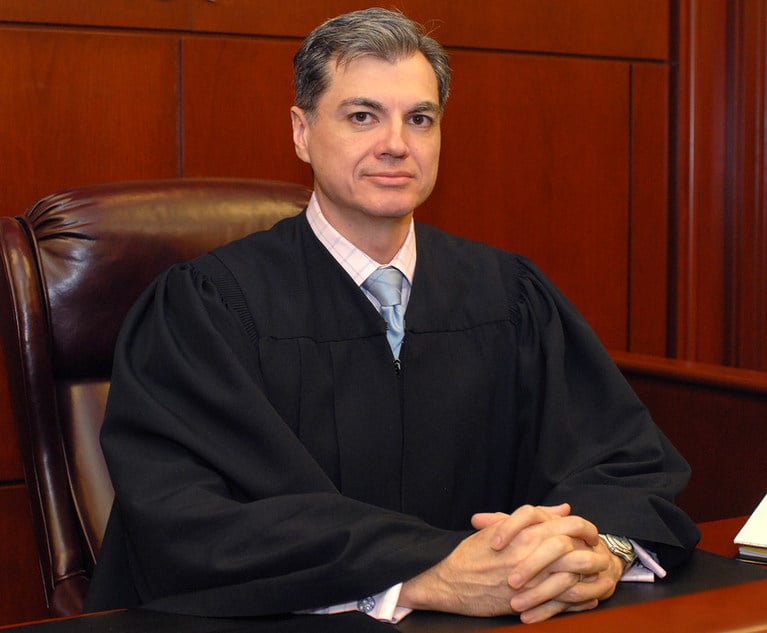Testimony as to cause and effect is frequently required to resolve complex cases involving claims of personal injury in the litigation of medical malpractice cases. These cases frequently involve patients who have complicated histories of underlying medical conditions which bring them to the health-care provider in the first place. They may have multiple conditions and require maintenance on a number of pharmaceutical products which interact with one another differently in otherwise similar patients. Their own homeostasis may be affected by their response to medications and the effect of underlying conditions as their physiology changes in the presence of fluctuating comorbidities due to the aging process. The trajectory of any of their diseases is not always linear or predictable. The more complex the individual patient becomes, the more unique the patient is.
In the usual accident case, the previously healthy patient sustains reasonably definable trauma such as a fracture from a fall. There is little controversy in making the connection between the patient’s fractured pelvis and contact with the bumper of the taxi that struck her as she crossed the street precipitating her to the pavement. However, the expectation of a lay jury is that the patient would receive treatment and eventually recover completely from such an injury. Where the health-care providers are included as defendants after a less-than-perfect outcome, the causation issues could involve far less clarity.


 John L.A. Lyddane
John L.A. Lyddane




